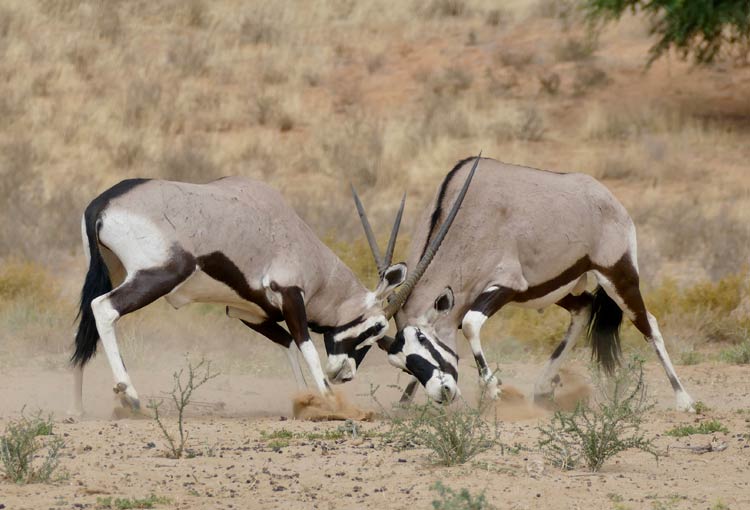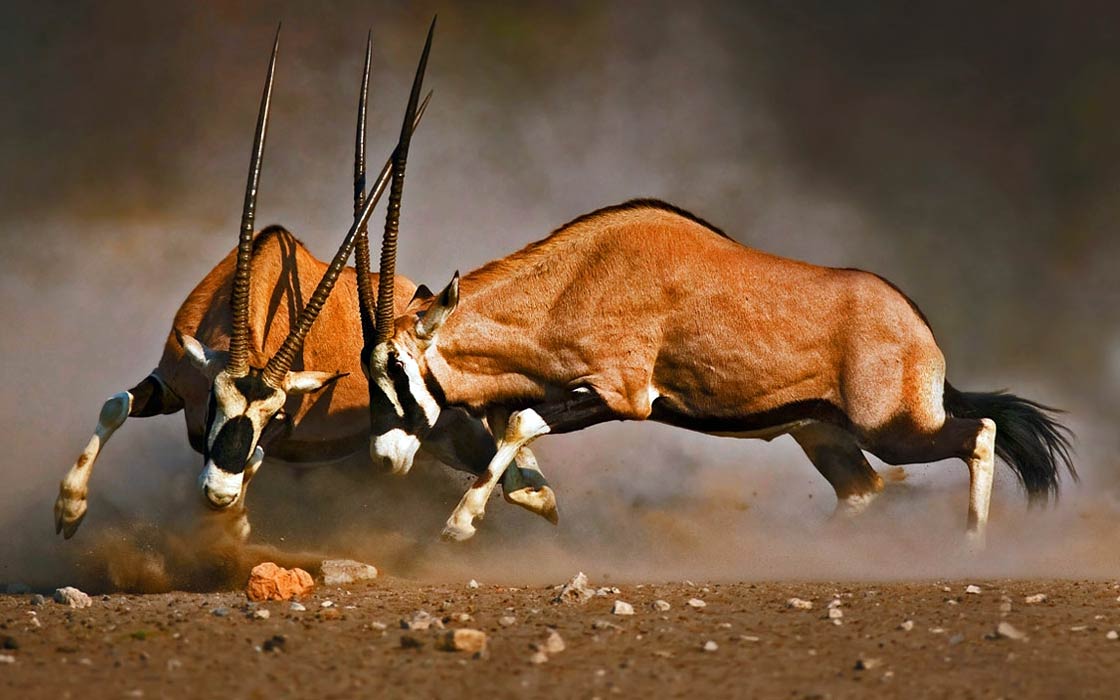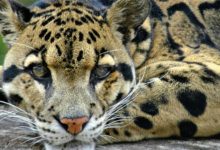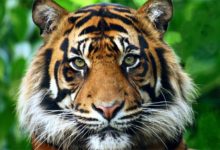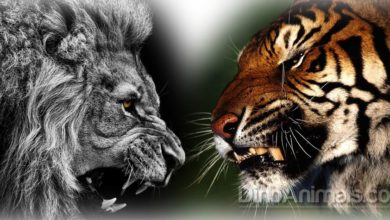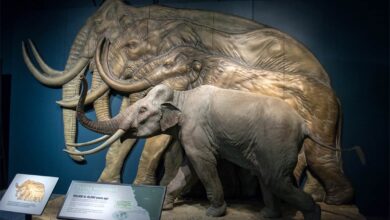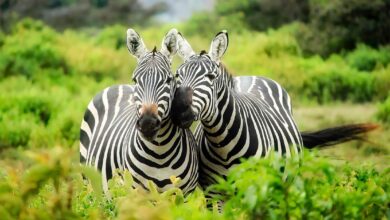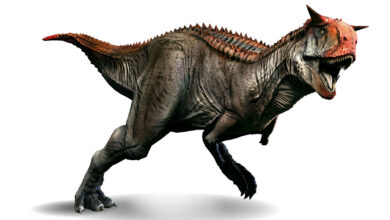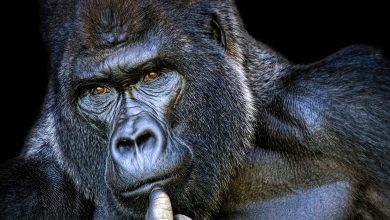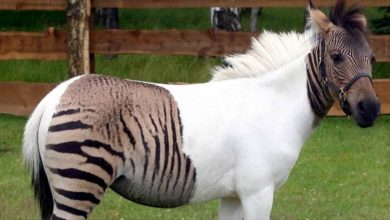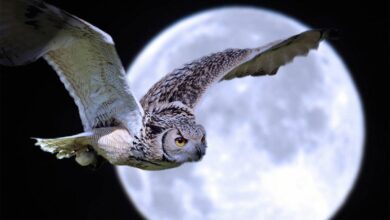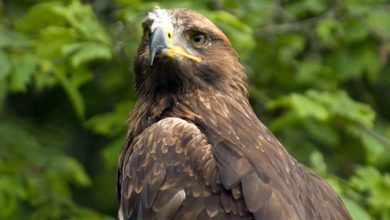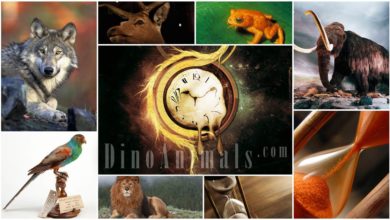Oryx – the ruler of the desert
Among the harsh, sun-drenched landscapes of Africa and the Arabian Peninsula, the oryx majestically strides. This impressive animal, with a silhouette sculpted by wind and sun, embodies strength, endurance, and adaptation to extreme conditions. Its characteristic appearance, with long, straight horns and contrasting black and white coloration, has fascinated researchers and travelers for centuries, and for local communities, it is a symbol of survival in the face of adversity.
The oryx, like a king ruling over the vast expanses of the desert, has perfectly adapted to a world scarce in water and food. Its body, like a precise mechanism, has adapted to survive in the scorching sun and cool nights, drawing moisture from food and minimizing water loss. It is this extraordinary ability to adapt, combined with its impressive appearance and majestic behavior, that makes the oryx one of the most interesting mammals in Africa.

Classification
The oryx and gemsbok belongs to the family Bovidae, the subfamily Antilopinae, and the tribe Hippotragini. Within the genus Oryx, four species are distinguished, each characterized by specific traits and distribution:
- Kingdom: Animalia
- Phylum: Chordata
- Class: Mammalia
- Order: Artiodactyla
- Family: Bovidae
- Subfamily: Hippotraginae
- Genus: Oryx
Southern oryx / South African oryx / gemsbok (Oryx gazella)
- Distribution: Southern Africa (Namibia, Botswana, South Africa)
- Characteristics: The largest species of oryx, with long, straight horns and a characteristic black and white coloration. Perfectly adapted to life in dry and hot conditions.
Scimitar oryx / scimitar-horned oryx / Sahara oryx (Oryx dammah)
- Distribution: Historically found in the Sahara region, now considered extinct in the wild. Populations exist in zoos and reserves.
- Characteristics: Characterized by long, curved horns resembling sabers. White and brown coloration.
Arabian oryx / white oryx (Oryx leucoryx)
- Distribution: Arabian Peninsula
- Characteristics: Smaller than the southern oryx, with shorter, slightly curved horns. Light, white-gray coloration. Species endangered with extinction.
East African oryx / beisa (Oryx beisa)
- Distribution: East Africa (Kenya, Tanzania, Ethiopia)
- Characteristics: Similar in appearance to the southern oryx, but with shorter horns and less distinct black and white coloration. Two subspecies are distinguished: Oryx beisa beisa and Oryx beisa callotis. Species endangered with extinction.
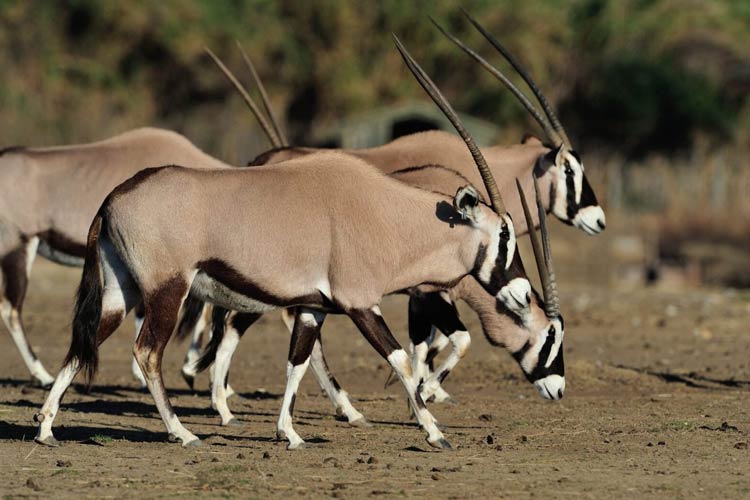
Characteristics
Appearance
The oryx is a large antelope with a muscular build and a characteristic black and white coloration. Adult individuals reach a height at the withers of up to 120 cm (47 in) and a weight of up to 240 kg (530 lb). Both males and females have long, straight horns that can measure up to 150 cm (59 in). These horns are used to defend against predators and to fight for dominance within the herd.
The characteristic black and white coloration of the oryx serves as camouflage in the desert landscape and also aids in thermoregulation. The black stripes on the legs and abdomen absorb heat on cooler days, while the white areas reflect sunlight, protecting against overheating.
Habitat and range
The oryx is a species perfectly adapted to life in dry and hot conditions. It mainly inhabits the deserts, semi-deserts, and savannas of southern Africa, including Namibia, Botswana, and South Africa. It is also found in areas of Kenya and Tanzania and the Arabian Peninsula.
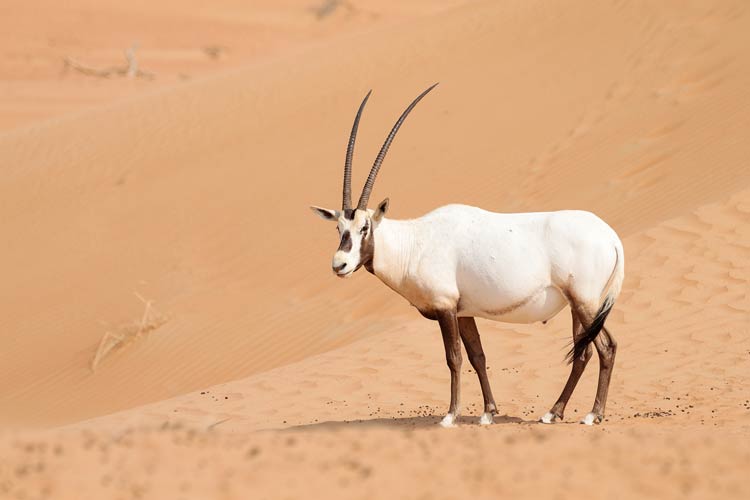
Diet and behavior
The oryx is a herbivore, and its diet consists mainly of grasses, shrubs, roots, and succulents. It can survive long periods without water, obtaining it from food. When searching for food, oryxes travel long distances, forming herds of several to several dozen individuals.
Oryx herds are organized hierarchically, with a dominant male at the head. Males fight for dominance using their horns. Females take care of the young, which are usually born after about a 9-month gestation period.
Threats and protection
Despite its ability to survive in harsh conditions, the oryx is a species vulnerable to extinction. The main threats are habitat loss due to agricultural and urban development, as well as poaching.
In order to protect oryxes, actions are being taken to protect their natural habitats and combat poaching. This species is protected by law in many countries, and its population is monitored.
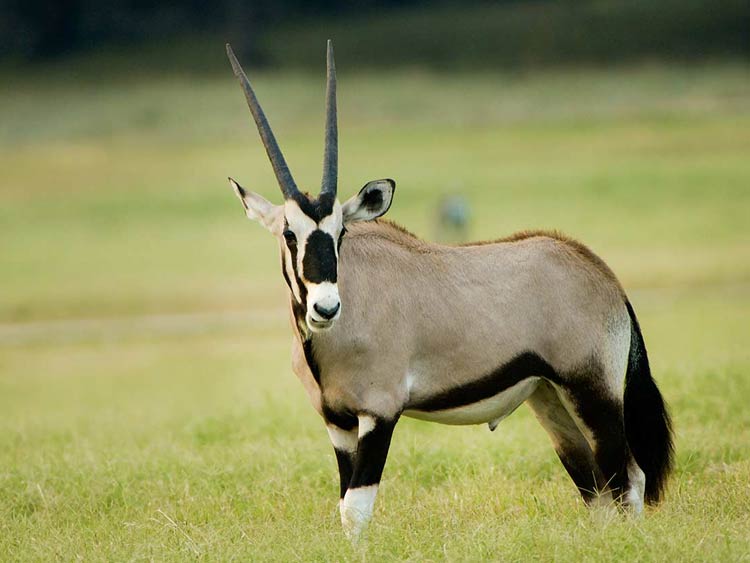
Detailed data / dimensions
Southern oryx / South African oryx / gemsbok (Oryx gazella)
- Total height: up to 190 cm (including horns)
- Height at the withers:
- Males: 110-120 cm (43-47 in)
- Females: 100-110 cm (39-43 in)
- Length: 190-240 cm (75-94 in)
- Weight:
- Males: 200-240 kg (440-530 lb)
- Females: 180-210 kg (400-460 lb)
- Lifespan: 15-20 years
- Maximum speed: up to 70 km/h (43 mph)
Scimitar oryx / scimitar-horned oryx / Sahara oryx (Oryx dammah)
- Total height: up to 140 cm (including horns)
- Height at the withers:
- Males: 100-125 cm (39-49 in)
- Females: 90-115 cm (35-45 in)
- Length: 160-210 cm (63-83 in)
- Weight:
- Males: 140-210 kg (310-460 lb)
- Females: 90-140 kg (200-310 lb)
- Lifespan: up to 20 years
- Maximum speed: up to 60 km/h (37 mph)
Arabian oryx / white oryx (Oryx leucoryx)
- Total height: up to 115 cm (including horns)
- Height at the withers:
- Males: 81-102 cm (32-40 in)
- Females: 75-90 cm (30-35 in)
- Length: 140-160 cm (55-63 in)
- Weight:
- Males: 65-80 kg (143-176 lb)
- Females: 65-75 kg (143-165 lb)
- Lifespan: 15-20 years
- Maximum speed: up to 65 km/h (40 mph)
East African oryx / beisa (Oryx beisa)
- Total height: up to 160 cm (including horns)
- Height at the withers:
- Males: 110-120 cm (43-47 in)
- Females: 100-110 cm (39-43 in)
- Length: 160-240 cm (63-94 in)
- Weight:
- Males: 160-200 kg (350-440 lb)
- Females: 120-160 kg (260-350 lb)
- Lifespan: 15-20 years
- Maximum speed: up to 60 km/h (37 mph)
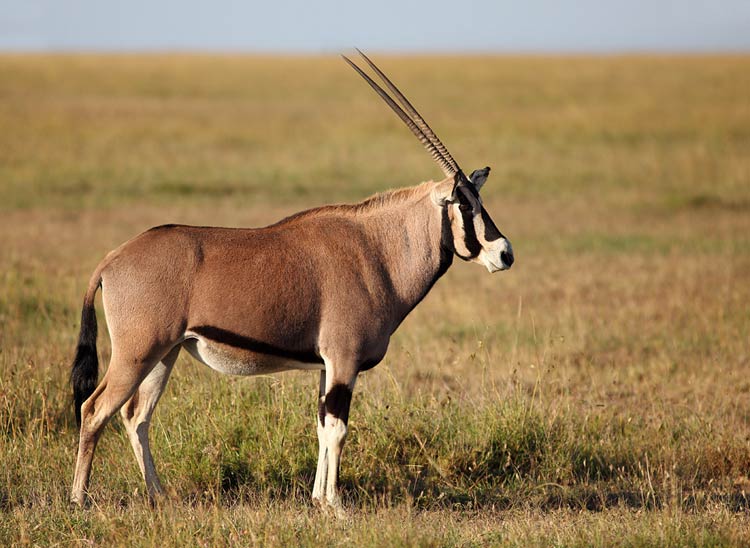
Interesting facts
- The oryx can raise its body temperature to avoid water loss through sweating.
- Oryx blood is used by indigenous African people for medicinal purposes.
- The oryx is a symbol of Namibia and appears on the country’s coat of arms.
- Ancient Egyptians often depicted oryx images on reliefs.
- There are assumptions that the scimitar oryx became the prototype for the mythical unicorn.
- Oryxes are exceptionally well adapted to living in desert environments. They can modify the function of their kidneys, and their body temperature can rise up to 46°C (115°F).
- Oryxes are extremely well adapted to living in dry and hot environments. They can survive longer without water than camels, thanks to their ability to regulate body temperature and kidney function, which allows them to conserve water.
